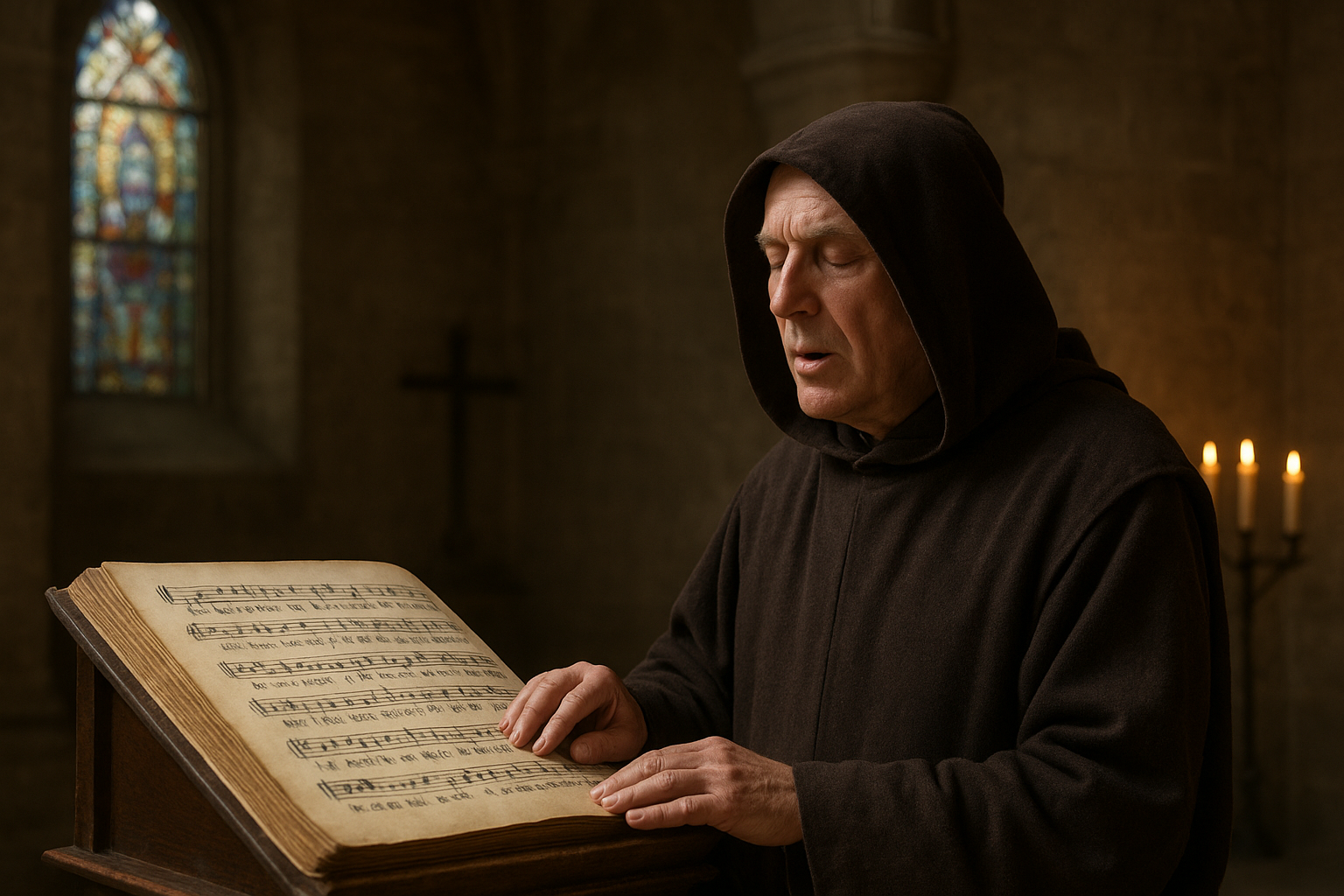Echoes of Eternity: Gregorian Chant’s Influence on Later Composers
With roots tracing back to the 9th century, Gregorian chant stands as one of the oldest and most profound forms of ecclesiastical music, originally developed to accompany the sacred rites of the Christian Church. Its timeless melodies continue to reverberate through the corridors of musical history, impacting subsequent generations of composers.
The structured simplicity of Gregorian chant lies in its monophonic texture and free-flowing rhythm. It utilizes a single melodic line, creating a serene and meditative sound that has been described as transporting the listener to a place of spiritual introspection. Yet, its influence stretches far beyond its initial religious purpose, permeating the world of Western music.
The Renaissance and Beyond
The chant’s influence first notably emerged during the Renaissance, when composers such as Josquin des Prez and Palestrina began incorporating its modal structures into their polyphonic works. Palestrina’s oeuvre is particularly noteworthy; his compositions are often celebrated for their blend of rich harmonies and clear, textural clarity, drawing heavily from the modal scales typical of Gregorian chant.
Fast forward to the Baroque period, and the echoes of Gregorian chant could still be heard, albeit transformed. The composer Johann Sebastian Bach meticulously wove chant-like lines into his chorales and cantatas. In his cantatas, one can discern the subtle echoes of the medieval chants that had become deeply entwined with the spiritual and cultural fabric of Europe.
20th Century Resurgence
The revival of interest in early music during the 20th century sparked a renewed fascination with Gregorian chant. Composers such as Olivier Messiaen and Arvo Pärt explored its profound simplicity and spiritual purity. Pärt, in particular, developed a minimalist style known as tintinnabuli, heavily influenced by chant’s meditative and eternal qualities.
“For me, Gregorian chant is the natural musical language that moves beyond the constraints of time.” — Arvo Pärt
As we delve deeper into the influence of Gregorian chant on modern composition, it becomes evident that its role extends beyond mere musical inspiration. It serves as a bridge, connecting centuries of musical exploration with its eternal, spiritual hum resonating across time. The echoes of Gregorian chant remind us that even in simplicity, there is enduring power.
While modern compositions constantly evolve, the sacred art of chant offers an anchor to the past, guiding the evolution of melody and harmony, and weaving its timeless magic into the fabric of musical creation.
